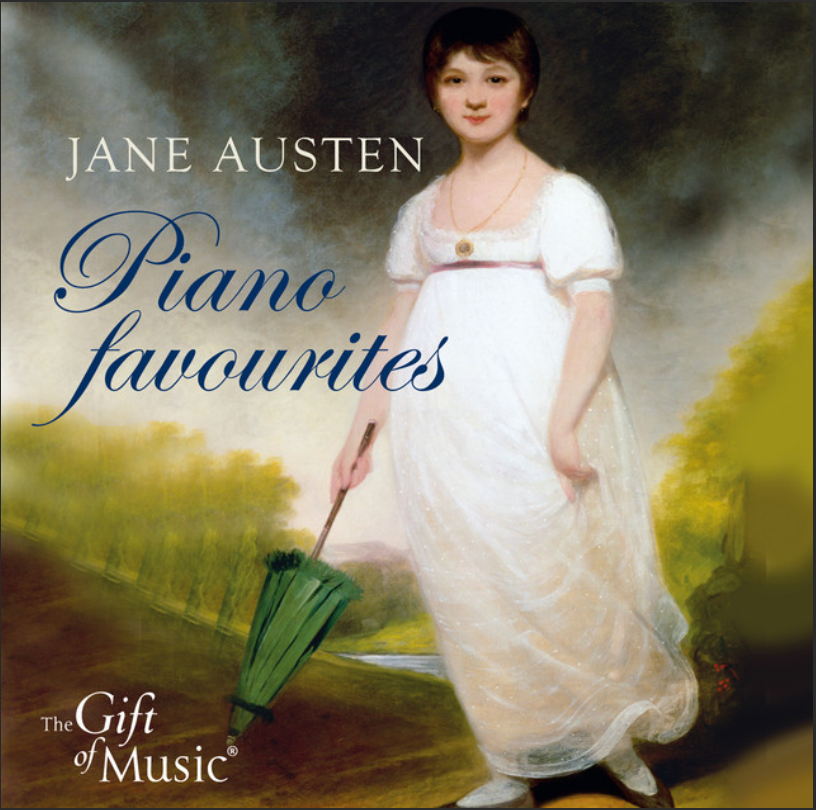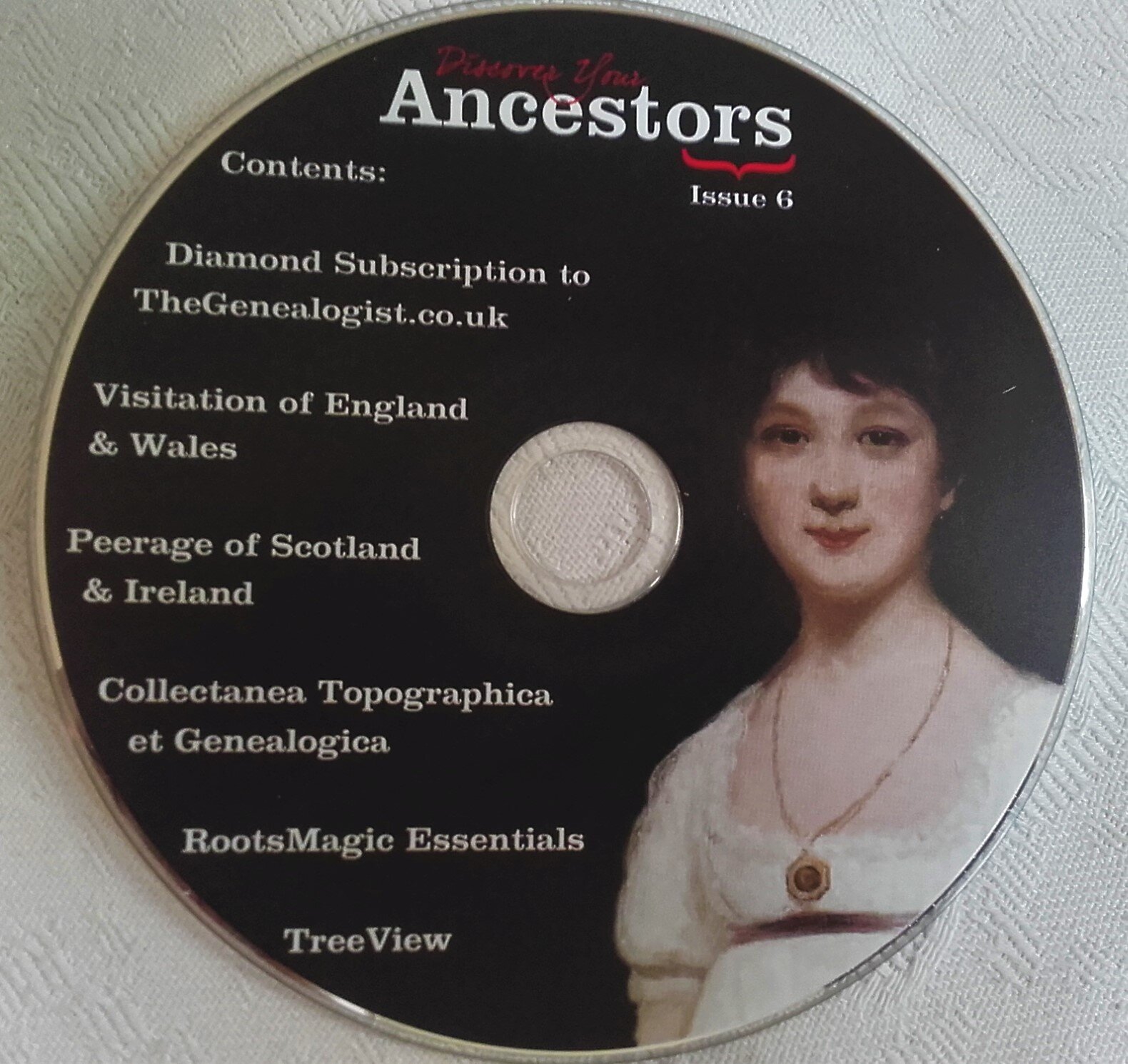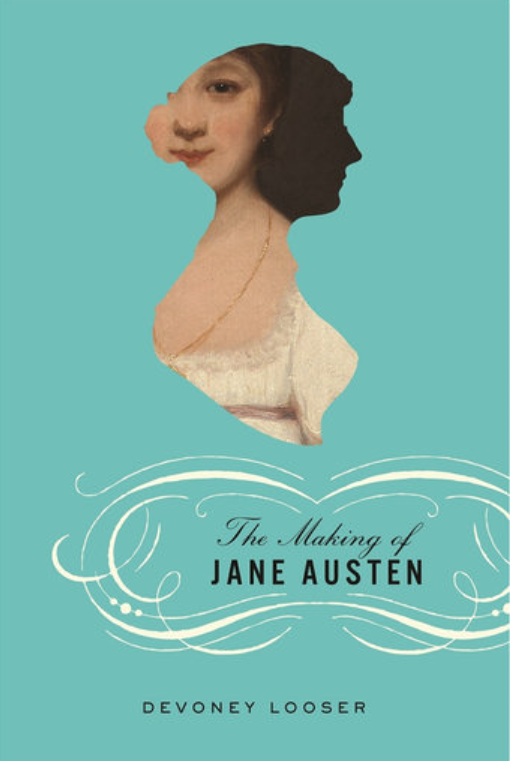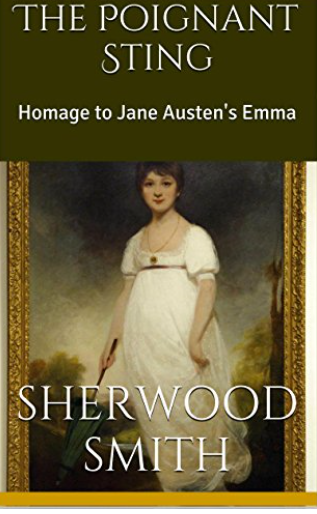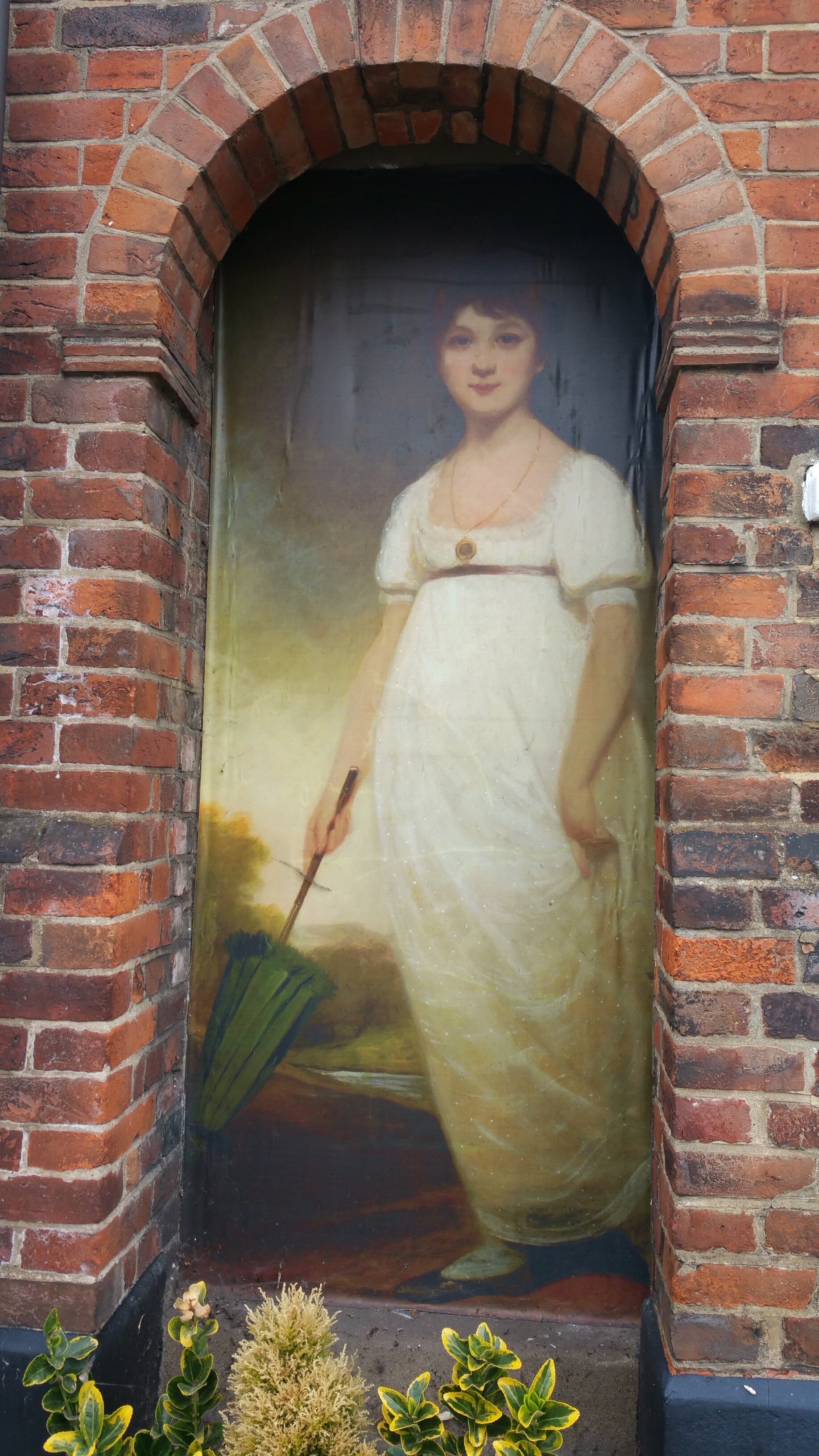Popular Culture
The Rice Portrait has become part of the Austen iconography and it is very interesting that this beautiful portrait has been generally accepted as being a portrait of Jane Austen despite the lack of formal authentication on the part of the National Portrait Gallery. (For more on the National Portrait Gallery’s opposition to the Rice Portrait please see HERE)
On this page we share some of the instances when the portrait has been used. It is somewhat ironic that the picture is used so widely that no royalties are paid to us, the owners, for its use, yet we are denied the right to have the painting recognised as a portrait of the novelist.
In 2017, there were many events to commemorate the 200th anniversary of Jane Austen’s death in 1817. The Royal Mint used the occasion to mint a commemorative coin. Accompanying the coin was a booklet, An Enduring Romance with Jane Austen, which included an image of the Rice Portrait:
Royal Mint booklet accompanying the commemorative coin
There are many other examples of our painting being used in popular culture - on cd’s, magazines and book covers - and even pasted on a wall in Alton!
Newspapers also habitually use the Rice Portrait in articles about Jane Austen. Take, for instance, this article, published in the Telegraph newspaper on 14 March 2017. Or this article, published in the Daily Mail on 21 March 2017. These newspapers are happy to use the Rice Portrait to sell copy but are curiously reluctant to run articles explicitly supporting the portrait’s rightful claim to be a portrait of the novelist.
There seems to be, in the case of the Rice Portrait, a classic example of Orwellian ‘doublethink’, whereby two mutually contradictory beliefs are simultaneously accepted as being correct. It is used by the Royal Mint but then denied by the National Portrait Gallery. It features on the cover of books whose authors then deny the painting is correct. It is - and yet it somehow still isn’t - publicly accepted as being a portrait of Jane Austen.
The Mysteriously missing Miss Austen
Perhaps the most bizarre moment was in 2017 when Hampshire County Council put on an exhibition in Winchester to commemorate the bicentenary of Austen’s death. The Mysterious Miss Austen exhibition was jointly curated by Louise West, former curator of Jane Austen’s House Museum, and Professor Kathryn Sutherland of Oxford University, who is a Trustee of Jane Austen’s House Museum. The exhibition was explicitly concerned with what Jane Austen may have looked like and every possible image of Austen was displayed - except the Rice Portrait. Even the booklet which accompanied the Royal Mint coin was absent from the exhibition.
The decision of the curators to expunge any reference to the Rice Portrait from the exhibition was a disservice to interested members of the public, who should have been given the opportunity to draw their own conclusions. That the Jane Austen House Museum also raised no objection is also of concern. For Professor Sutherland and the Museum to act as gate-keeper and not even acknowledge this picture's existence, let alone the controversy which surrounds it, was entirely unacceptable. Now that overwhelming evidence has been presented which proves the Rice Portrait to be correct, we have written to Professor Sutherland for her opinion. To date we have not received a reply. Jane Austen House Museum state they are guided solely by the opinion of the National Portrait Gallery, who have long campaigned against the Rice Portrait.
We have all a better guide in ourselves, if we would attend to it, than any other person can be.
Jane Austen (Mansfield Park).

